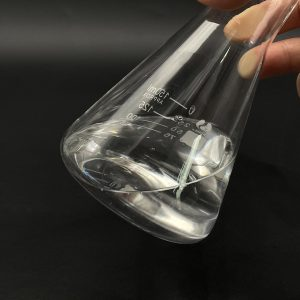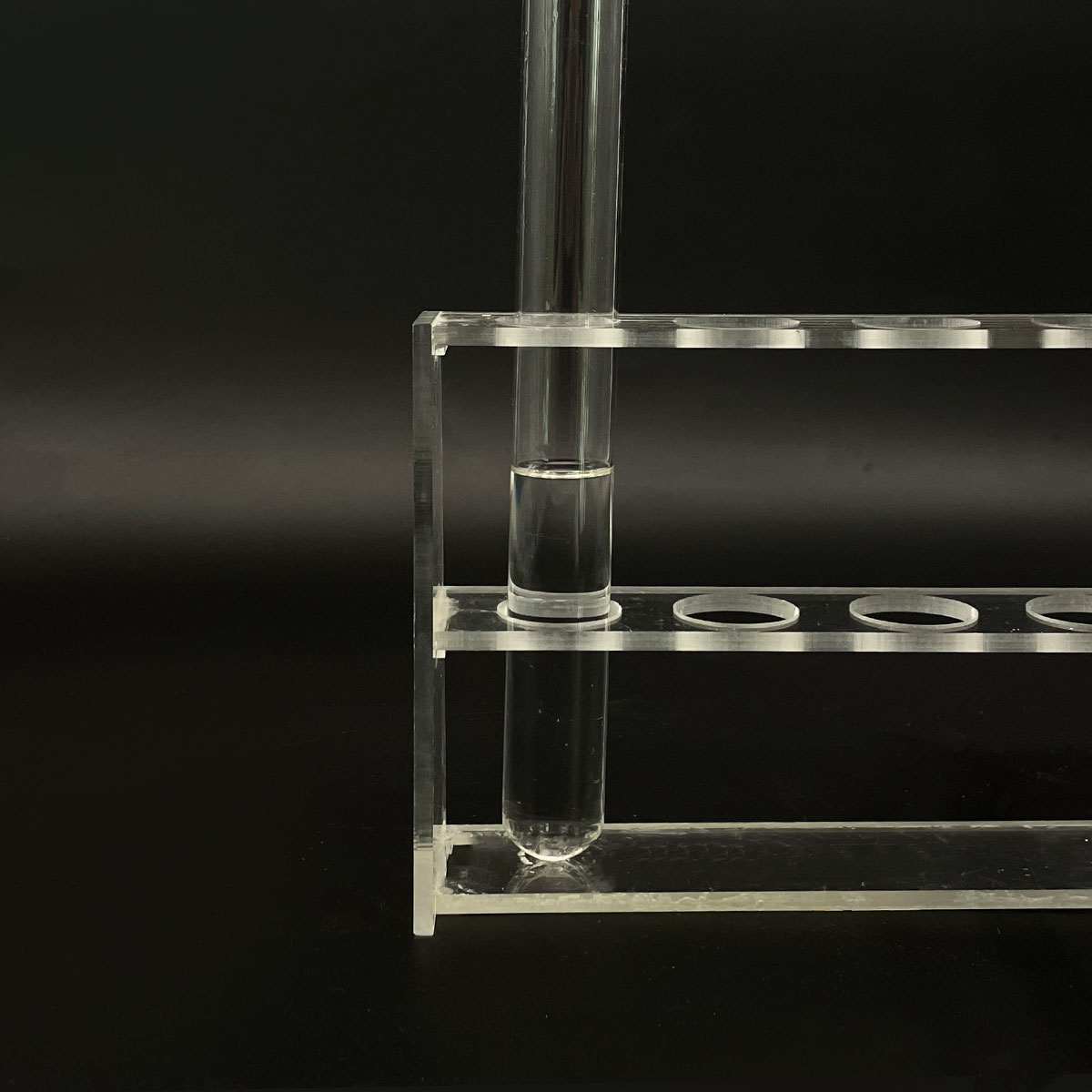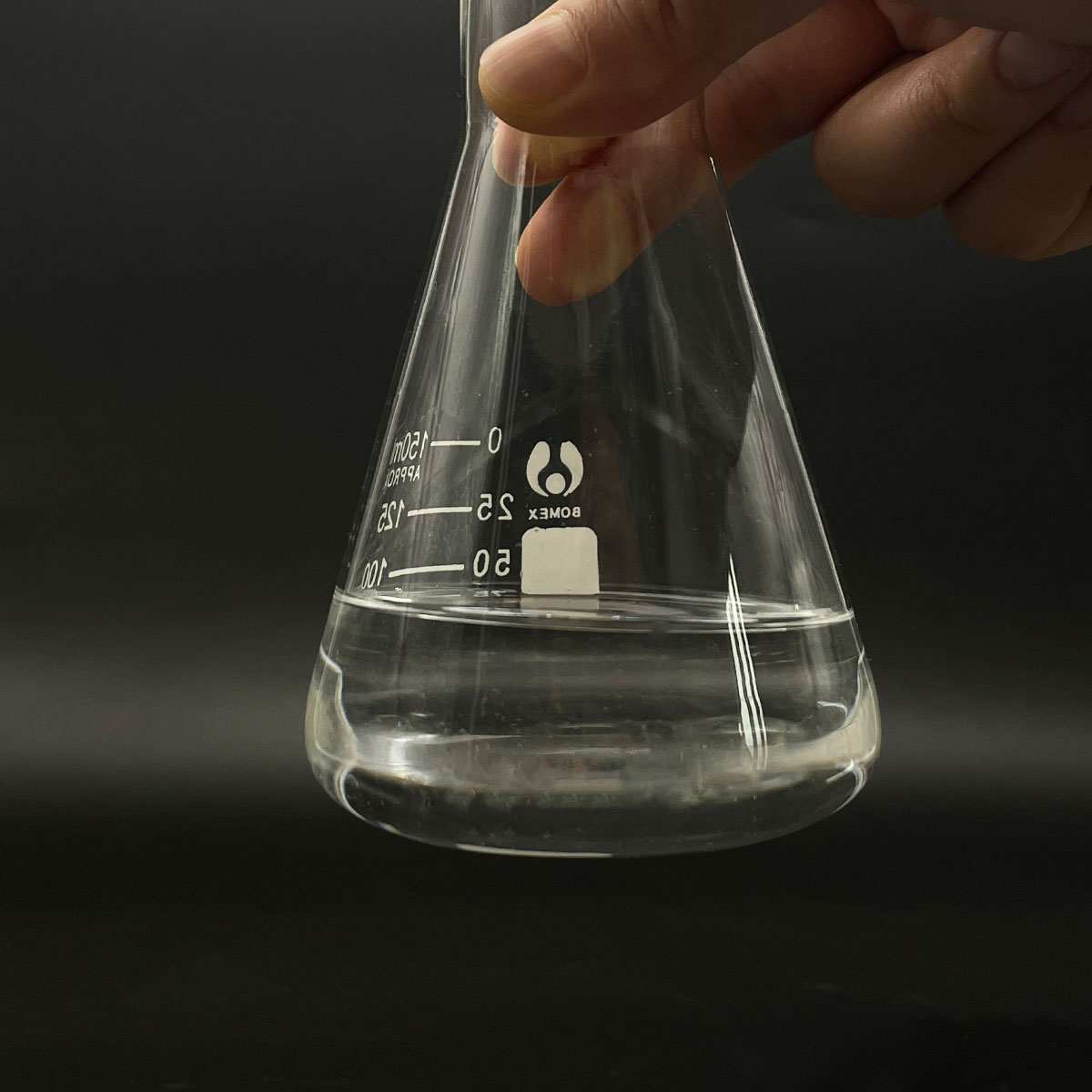1. Introduction
If you’ve ever read the back of a shampoo or toothpaste bottle, you’ve likely seen ‘sodium lauryl sulfate’—often abbreviated as SLS or listed as sls sodium lauryl sulfate. This common surfactant is known for its powerful foaming and cleansing abilities. But as consumer awareness grows, so does scrutiny over its potential for skin irritation and environmental concerns.

Today, we’re diving deep into sodium lauryl sulfate (also called sodium dodecyl sulfate or na lauryl sulfate) and comparing it with modern alternatives like sodium laureth sulfate, alkyl polyglucoside, and amphoteric surfactants such as cocamidopropyl betaine. We’ll unpack what makes each unique—and which might be best for your needs.
2. What Is a Surfactant?
Before comparing ingredients, let’s clarify the meaning of surfactant. Short for ‘surface-active agent,’ a surfactant reduces surface tension between liquids or between a liquid and a solid. This allows products to spread, wet surfaces, emulsify oils, and lift away dirt.
Surfactants fall into four main categories: anionic (negatively charged), cationic (positively charged), non-ionic (no charge), and amphoteric (can switch charge based on pH). Sodium lauryl sulfate is a classic anionic surfactant, prized for its strong detergency but sometimes criticized for harshness.
3. Sodium Lauryl Sulfate: The Benchmark Anionic Surfactant
Sodium lauryl sulfate (SLS), chemically identical to sodium dodecyl sulfate, is derived from lauryl alcohol (often from coconut or palm kernel oil). It’s highly effective at removing grease and generating rich lather—making it a staple in shampoos, body washes, and even industrial cleaners.
However, its strength comes with trade-offs. SLS can strip natural oils from skin and hair, leading to dryness or irritation—especially in sensitive individuals. Despite myths, it’s not carcinogenic, but its aggressiveness has driven demand for milder alternatives.
4. Sodium Laureth Sulfate: The Gentler Cousin
Enter sodium laureth sulfate (also called sodium lauryl ether sulfate or sodium lauryl ether sulphate). Often confused with SLS, this ethoxylated version includes ethylene oxide units, making it less irritating while still delivering excellent foam.

Key differences:
- SLS is more irritating but cheaper and stronger at degreasing.
- Sodium laureth sulfate (sls sodium laureth sulfate) is milder, better suited for daily-use products like baby shampoos.
- Both are anionic surfactants, but laureth variants (including laureth sulphate and sulphate laureth sulfate) offer improved compatibility with other ingredients.
5. Emerging Alternatives: Bio-Based and Amphoteric Surfactants
As sustainability and skin health gain priority, formulators are turning to gentler, eco-friendly options.
Alkyl polyglucosides (like decyl glucoside and coco glucoside) are non-ionic surfactants derived from sugar and fatty alcohols. They’re biodegradable, non-toxic, and ideal for sensitive skin formulations.
Amphoteric surfactants such as cocamidopropyl betaine (also labeled as coco betaine, amidopropyl betaine, or coco amido propyl betaine) work well across pH ranges and boost foam while reducing irritation from anionic surfactants like SLS.
Other notable alternatives include:
- Sodium cocoyl isethionate and sodium lauroyl methyl isethionate: ultra-mild, used in syndet bars.
- Sodium coco sulfate (or coco sodium sulfate): a coconut-derived anionic surfactant often marketed as ‘SLS-free’ but structurally similar.
- Sodium lauroyl sarcosinate and lauroyl sarcosinate: gentle cleansers found in premium toothpastes.

6. Surfactants Beyond Personal Care: Agriculture and Industry
Not all surfactants end up in your shower. In agriculture, surfactants like methylated seed oil, polysorbate 80, and lignin sulfonate act as wetting agents for herbicides and weed killers.
For example, a lawn wetting agent or surfactant for weed killer helps active ingredients penetrate waxy plant cuticles. Nonionic surfactants (e.g., ethoxylated alcohols, Span80, Pluronic 127) are preferred here because they don’t react with ionic pesticides.
Cationic surfactants like cetyl trimethyl ammonium bromide (CTAB or cetyltrimethylammonium bromide) are used in disinfectants but rarely in crop protection due to phytotoxicity.
7. Safety, Misconceptions, and Market Trends
Despite viral claims, sodium lauryl sulfate isn’t inherently dangerous when used as directed. Regulatory bodies like the FDA and EU SCCS deem it safe in rinse-off products at typical concentrations (≤15%).
That said, brands increasingly avoid SLS to appeal to ‘clean beauty’ consumers. Companies like Rohit Surfactants Private Limited now offer bio surfactants and SLS-free blends using sodium cocoyl glutamate or fluoro surfactants for niche applications.
It’s also worth noting that ‘SLS-free’ labels may still contain ammonium lauryl sulfate (or ammonium dodecyl sulfate)—a similarly potent anionic surfactant—so reading full ingredient lists matters.
8. Conclusion
Sodium lauryl sulfate remains a workhorse in cleaning and personal care thanks to its efficacy and low cost. But the surfactant landscape is evolving. From mild amphoteric options like cocamidopropyl betaine to sustainable non-ionic choices like alkyl polyglucosides, formulators now have powerful alternatives that balance performance with gentleness.
Whether you’re choosing a shampoo, developing a new herbicide adjuvant, or sourcing sodium lauryl sulfate for sale, understanding these differences ensures smarter, safer decisions. After all, not all surfactants are created equal—and sometimes, the mildest option is the most effective one.
Our Website founded on October 17, 2012, is a high-tech enterprise committed to the research and development, production, processing, sales and technical services of ceramic relative materials such as Sodium. Our products includes but not limited to Boron Carbide Ceramic Products, Boron Nitride Ceramic Products, Silicon Carbide Ceramic Products, Silicon Nitride Ceramic Products, Zirconium Dioxide Ceramic Products, etc. If you are interested, please feel free to contact us.


